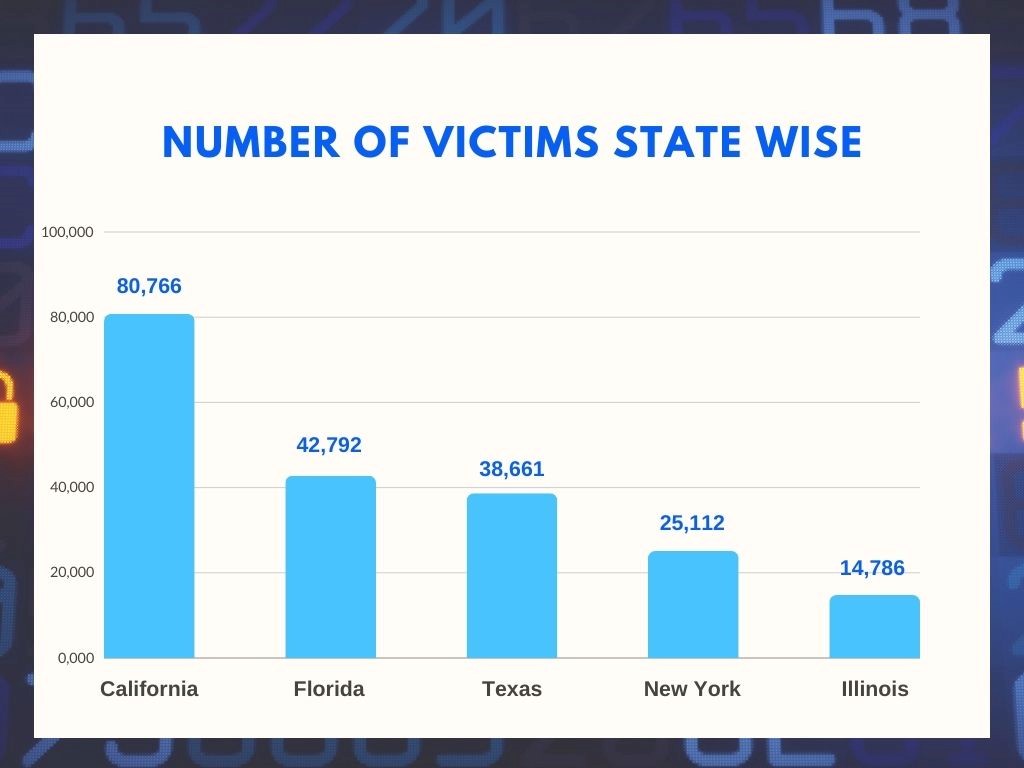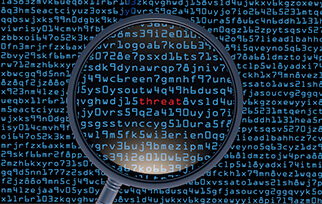IoT or the Internet of Things, has managed to zoom past other elements of a digitally sound era, like mobiles and computers. Today, it is incorporated into almost every electronic system at the residence along with workplaces.
Secondly, IoT devices are heavily reliant on 5G networks, which makes it more susceptible to malware attacks, among other security breaches. This has led to the adoption of best security practices, as is evident from data surrounding this security market. The market has grown exponentially over the last few years and is further expected to reach $ 8.576 billion by 2032
Introduction to IoT Devices in the 5G Era
With the proliferation of IoT devices, a vast amount of data is exchanged every second, which is at the risk of exposure to cyber criminals. All the data collected by IoT is basically stored, segregated, transmitted and utilized over a network.
Other connected new-age technologies associated with IoT and such vast amounts of data include Artificial Intelligence, Data Analytics, and Supply chain. Global commerce is impacted by all of the above, every time a transaction takes place.
No matter, if your company is just starting out with the adoption of IoT, or looking at further expansion, managing and monitoring these Internet of things devices has posed several challenges. To successfully manage these services, one has to address some of the key challenges associated with such devices.
Understanding the Security Risks of IoT Devices
In the traditional cybersecurity approaches, which mainly involve securing hardware and software components, in the IoT, cyber and physical components merge. There are certain devices, which cannot converge with computing, storage, and other activities as is necessary for unhindered operations.
Moreover, many residential devices in this category collect more data than they need to. Therefore, protecting and securing IoT devices assumes a lot of importance here. Therefore, it is more than important to consider security aspects at every single step of software development, with the help of the Security Development Lifecycle.
Attacks on operational technology like hardware and software, can lead to process disruptions, shutdowns, and malfunctioning, which can affect industrial processes, leading to accidents that can kill the workers involved.
So, apart from information theft, management leaders must also be concerned with hazards to the workers and their environment. Forecasts revealed that such attacks could increase the financial impact by around $50 billion in 2024. These include cost of compensation, litigation, insurance, fines, and loss of reputation, to name a few.

The above graph illustrates the distribution of cybercrime victims across five states. California has the highest number of victims, with 80,766 cases, making it the worst state for cybercrime by this measure. Florida follows with 42,792 victims, while Texas records 38,661 victims. New York and Illinois have comparatively fewer victims, with 25,112 and 14,786 respectively. This data highlights the significant regional disparities in cybercrime impact, emphasizing the need for targeted cybersecurity measures in the most affected states.
Some of the key challenges around IoT security include:
- Lack of Proper Security Measures
The industry lacks standard security protocols which lead to inconsistency on the part of IoT devices. This is because most manufacturers prioritize functionality over security features. This leaves the devices in a vulnerable state.
- Lack of Authentication and Authorization
Most such devices are not secured by strong passwords, or other authorization mechanisms, which allow attackers to gain control of critical systems and processes. Most users tend to use default settings and passwords, to avoid complexities, which in turn increases the risk for such devices and networks.
- Lack of Data Privacy
IoT mechanisms collect information and facilitate the transmission of sensitive information. This data can be utilized in the wrong manner by cyber criminals, leading to both operational, financial, and reputational losses. This requires proper mitigation, which includes measures to secure IoT devices.
- Rise of Distributed Denial of Service Attacks
It is a rising cybercrime, in which cyber-attackers contaminate the servers with excess internet traffic, which prevents genuine users from accessing online services and websites.
- Lack of Updated Software And Firmware
These are the most common issues with IoT environments and their associated devices. Most manufacturers do not have the provision to regularly update their existing resources, like software. Many users also neglect such aspects, which ultimately leads to security lapses.
This comes at a time, when data breaches have almost crossed $4.45 million on average.
Following IoT cybersecurity best practices is very important, in order to secure the data that is integral to the entire operational efficiency of organizational networks.
Thus necessitating proper strategies to manage and control the same. They should also align with the business plan and overall IT strategy. Top industry experts have come up with best practices, obtained from data collected over the years.
- Implementing Access Control Measures
Authentication and authorization are the core concepts that command importance in this arena. And you can accomplish the same through proper and judicious usage of user IDs and passwords.
Authorization is also quite important, determining how many users you share the critical information with. Some of the key measures are multi-factor authentication using devices that work on biometrics and OTPs.
As management leaders, you can mandate the use of passwords that are difficult to guess and unique to each device in the network. Adding role-based access control to the platforms can also help in harnessing the powers of enhanced security. Thus, ensuring strong authentication and authorization.
- Securing All Communication Networks
Most IoT devices are connected to the cloud, and it is continuously exchanging data. The pathway that this data chooses to travel through must be secured, from third-party attacks.
Encryption is the only key here. Security algorithms are required to encrypt all such channels, through which the data travels. Two fundamental conditions, that have to be met are assessing the identities of senders and recipients, and exchanging data.
Interpretation rights must be exclusive for the intended parties in this network as well. Cryptography and certificates of authentication must be utilized in this arena, to achieve security.
- Regular Firmware Updates and Patch Management
Keeping all the components of the system and associated networks, assume a lot of importance here. And these protections will get stronger, only if you update the software regularly.
Most IT components are able to patch their security status with regular updates, but IoT devices are not designed to do so. It is often seen that manufacturers discontinue support for long-running IoT devices.
You have to ensure to work in conjunction with your vendor, for regular security patches. You can also add IoT-aware files and web threat prevention mechanisms to establish a strong firmware update and patch management system. This will ensure that malicious software cannot attack or alter any information that travels through them, in the realm of IoT cybersecurity.
- Monitoring and Detecting Anomalies in IoT Networks
In today’s diverse industrial IoT landscape, the identification of anomalies in the networks assumes huge importance. And it performs a transformative role. Anomaly detection helps in the identification of data irregularities through the utilization of artificial intelligence and machine learning. These often incorporate the use of complex models that studies all the circulated dates over a period of time.
Machine learning models utilized herein constantly study historical data to recognize patterns. When new data enters the system, the complex mechanism studies the same for deviation. This helps with securing IoT devices in the network.
Additionally, it leads to operational efficiency and subsequent cost reduction. The latter is possible, as one is able to address issues before they escalate.
- Following Secure Coding Practices
Software is often the first target for vulnerabilities. Then comes firmware. If cyber criminals are able to access your source code, then everything else gets exposed. Moreover, criminals can also alter the codes, rendering them useless for the actual users.
So, you need to follow stringent standards to guard the codes. It is essential to secure the libraries and frameworks before you complete building them.
Moreover, you ought to run continuous security checks for your codes, to capture abnormalities. You can use a firmware analysis platform to discover vulnerabilities at the very root. This brings the discussion to third party IoT systems, which may be beyond your control. So, let us find out how to take care of that in the next point.
- Keeping Track Of Third-Party Components and Vulnerabilities
In order to avail of the complete functionality of IoT devices, they often have to be integrated with external software and tools. This can lead to a number of security lapses.
These external components often come with weak or lack security features. This can lead to compromises. Some of the common third-party components are proprietary libraries, chip components, and external operating systems. Therefore, you must ensure to test all such external components, with the latest cybersecurity standards.
To avoid any threat related to such external components, you must incorporate recent version releases of every component. This will help in quick updates, as and when required. Businesses should always ensure to assess the security of such components before integrating them with internal secure IoT devices.
- Choosing To Encrypt All Data That Is Not In Active Use
You need to make sure that all data, that is not in use currently, must also be encrypted. Using strong encryption keys for data that is stored on devices, servers, cloud, or anywhere, is a strict mandate.
If the encryption is weak, it can be easily damaged or accessed in offline attacks. Encryption keys happen to be the last line of defense, so you have to make sure to make it a practice. Always stay up-to-date with the latest recommendations in this sphere.
Let us find out what must be done to secure IoT devices today.
Talk to Experts at Cybalt-Secure Your IoT Devices
Managing IoT device security can get complex. However, IoT cybersecurity is the main point of concern in the dynamic business landscape today, which needs to be handled with precision.
Although such systems are autonomous, some amount of human intervention is needed. Therefore, you must delegate the task of securing all such solutions to experts like Cybalt, who have been doing the task for a certain period with success. It also ensures complete visibility, throughout the lifecycle of all the devices, data, and communication.
Other Blogs

From Nuclear Centrifuges To Machine Shops: Securing IoT
IoT or ‘the internet of things’ has been around for a lot longer than the buzzword
Read More


Demystifying XDR
As the capabilities of threat actors have increased so have the tools which we utilize to detect and respond to their activities.
Read More


Cybersecurity In A Post Pandemic World
As many cyber security practitioners will tell you, the most imminent and dangerous threat to any network are the employees accessing it.
Read More


